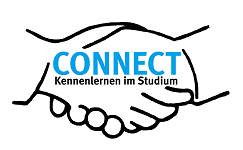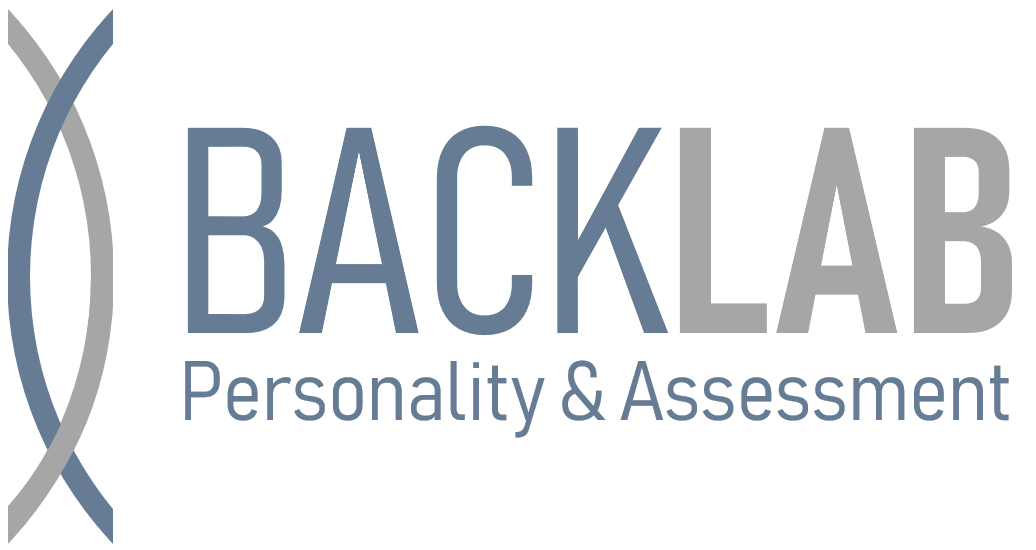CONNECT
 CONNECT aimed at a real-life field investigation of the social processes underlying the interplay of personality and peer-relationship development in young adulthood.
CONNECT aimed at a real-life field investigation of the social processes underlying the interplay of personality and peer-relationship development in young adulthood.
Starting at zero-acquaintance, we followed one cohort of psychology freshmen (N = 131) through their years of study. We collected five types of data for a comprehensive examination of the development of personality and social relationships from the very first time the participants met onwards. First, the study started with an introductory session including a videotaped zero-acquaintance experiment to capture mutual first impressions (liking, metaperceptions of liking, assertiveness and warmth perceptions) as well as expressed physical (e.g., attractiveness, stylishness) and behavioral cues (e.g., smiling, expressive gestures, loudness of voice, nervousness). Second the study involved online surveys to measure demographics and trait measures (e.g., Big Five, agency, communion, self-esteem, shyness, sociability, narcissism, dark triad, trait anger, impulsivity, sensation seeking), including five waves of personality self-reports, as well as acquaintance reports at the beginning of the study. The third type of assessment was a time-based online diary (23 waves) to obtain interpersonal perceptions (e.g., self- and other judgments of liking and several personality dimensions) and social relationship indicators (e.g., friendship and leadership nominations; relationship satisfaction, closeness, conflict, emotional and instrumental support) in regular time intervals. Fourth, we realized an event-based experience-sampling assessment (one 3-week phase and two additional 1-week phases) to capture interaction networks (who interacted with whom; number of interaction partners), experienced situation categories (e.g., learning together, partying, at home), self- and interaction partner-reported behaviors (e.g., e.g., sociability, friendliness, dominance, arrogance, cooperativeness) and interpersonal perceptions (e.g., liking, metaperceived liking, positivity of interaction) as well as state affect (e.g., pleasure, arousal, satisfied with self) ratings during real-life social interactions between fellow students. The fifth type of assessment involved direct observations in laboratory-based experimental sessions to additionally assess cognitive ability (reasoning, vocabulary knowledge, working memory), implicit personality (Neuroticism-, Extraversion-, Agreeableness-, and Self-esteem-IATs), physical cues by means of standardized photographs, systematically coded behavioral indicators (e.g., multiple indicators of expressive, dominant, warm, aggressive, arrogant, nervous behavior) by means of videotaped behavioral tasks (small-talk, self-introduction, stress test), and pro-social behavior with variants of the public goods game.
see OSF page for further details: https://osf.io/2pmcr/
Please also have a look at PEER, a replication project of CONNECT.

